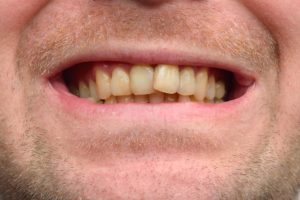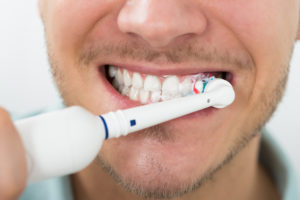What Causes Yellow Teeth?
At this time of year, people take lots of photos. Thanks to the many filters available in the various sharing apps, you can virtually whiten your teeth. But what about the way your teeth appear in real life? If your teeth look yellow, one of these things might be the culprit.
External Stains
Teeth are naturally a slightly off-white color. Over time, they may begin to appear darker with a yellowish or grey tinge due to stains on the surface. These external stains become embedded in the teeth over time and do not simply polish away with whitening toothpaste or a professional teeth cleaning.
Drinks
 The biggest culprits for external staining are dark substances that we allow to come in contact with the teeth, mainly beverages. Drinks like coffee, tea, red wine, and sodas are the most common teeth-stainers. Not only are they dark in color, they are all acidic. The acids in these beverages cause a surface-layer softening of enamel, which makes stains stick more easily.
The biggest culprits for external staining are dark substances that we allow to come in contact with the teeth, mainly beverages. Drinks like coffee, tea, red wine, and sodas are the most common teeth-stainers. Not only are they dark in color, they are all acidic. The acids in these beverages cause a surface-layer softening of enamel, which makes stains stick more easily.
Smoking
Smoking anything causes stains to collect on the teeth. Specifically, smoking cigarettes will cause a yellowing of the teeth and a dark brown stain on bacterial buildup. Smoking marijuana leaves a greyish-green stain on bacterial buildup on the teeth. The good news is that stained bacterial buildup is easily removed during a professional teeth cleaning with your dental hygienist. The staining of the teeth themselves may improve a little with the polishing during a teeth cleaning, but is not actually removed.
Smoking is particularly effective at teeth staining because it dries out the mouth. Saliva helps flush away dark pigments and strengthens (re-hardens) the teeth after acidic damage. Without saliva, the teeth are much more susceptible to stains.
Surface Texture
One aspect of the teeth that can predispose a person to more external staining than another person is the specific surface texture of the teeth. Enamel should be glossy smooth, like glass. This helps it resist buildup of plaque and stains. Some people have enamel with a rougher texture, either pitted or ridged, which makes it easier for stains to collect. If your teeth seem to stain very quickly after a professional teeth cleaning, talk to Dr. Ann and Dr. Lauren about what options are available for changing the surface texture of your enamel.
Internal Changes
 So while you have some control over the external staining by avoiding those staining substances described above, you do not have any control over the internal changes that occur in your teeth. In general, everyone’s teeth become more yellow or darker over time. This is because there is a natural process of aging that takes place in the teeth that makes them darker.
So while you have some control over the external staining by avoiding those staining substances described above, you do not have any control over the internal changes that occur in your teeth. In general, everyone’s teeth become more yellow or darker over time. This is because there is a natural process of aging that takes place in the teeth that makes them darker.
Enamel is the only part of a tooth that is close to white in color. The underlying core structure of the tooth (called dentin) is yellow. Enamel is relatively thin, so there is typically some show-through of dentin. As we age, the dentin, beneath the enamel, naturally thickens becoming more yellow and opaque. In most people, at the same time, the enamel is thinning. The thinning of enamel is the result of both mechanical and chemical damage to the teeth with normal use over time. So the thin outer shell of off-white enamel gets thinner, and the thick, yellow dentin gets thicker. The overall result is teeth that are yellower.
How to Brighten Yellow Teeth
The good news is that teeth yellowed from both external staining and internal changes do respond well to professional teeth whitening. Here are some tips for brightening yellow or dingy-looking teeth.
At Home
You can actually take several steps at home to improve the appearance of your smile.
- First, avoid the things we listed above that cause external staining. Reduce your intake of those darkly colored beverages, and stop smoking!
- When you do have those beverages, follow up with a quick rinse of plain tap water. This flushes away excess liquid from the dark drinks and helps to quickly re-neutralize any acid in the mouth.
- Chew sugar-free gum after having these acidic drinks to naturally stimulate saliva production.

- Begin using an electric toothbrush (better polishing ability) and a whitening toothpaste. If your teeth are sensitive, you should ask Dr. Ann and Dr. Lauren before trying this. In many cases, whitening toothpaste can make the teeth more sensitive.
- Try an over-the-counter teeth-whitening product. Crest Whitestrips are probably the simplest and most effective. They are an inexpensive and convenient way to try to boost your smile.
At the Dentist
There are two important ways to brighten your smile at Designer Smiles. The first should be a part of your dental care routine anyway, and the second is optional.
- Consistent Professional Teeth Cleanings – When you see our dental hygienists for teeth cleanings on a regular basis, they polish away the surface stains on your teeth before they begin to seep deep within the tooth. The polishing also smooths the surface texture of the teeth, leaving them shiny and more resistant to staining. By keeping consistent professional teeth cleaning appointments, your teeth will be whiter over your lifespan.
- Professional Teeth Whitening – If you are already doing all of the above and are still unhappy with the color of your teeth, then it is time to consider professional teeth whitening. With our simple take-home kit, you will achieve noticeably whiter teeth within a week or less.
More Questions about Yellow Teeth?
Call Designer Smiles to set up a teeth whitening consultation visit with Dr. Ann and Dr. Lauren. They can assess your current situation and recommend a regimen that will give you the best results.
